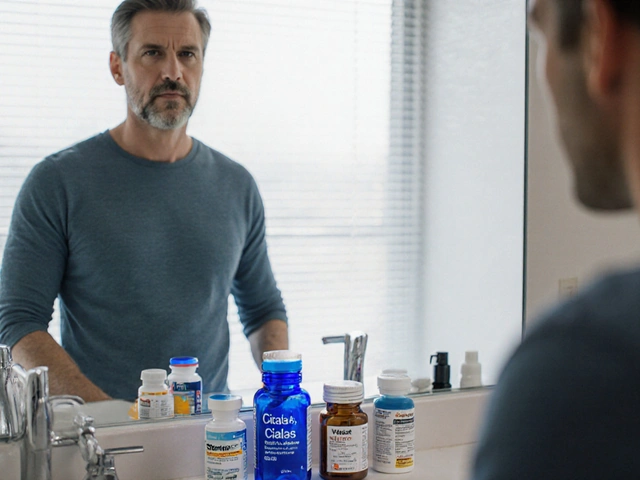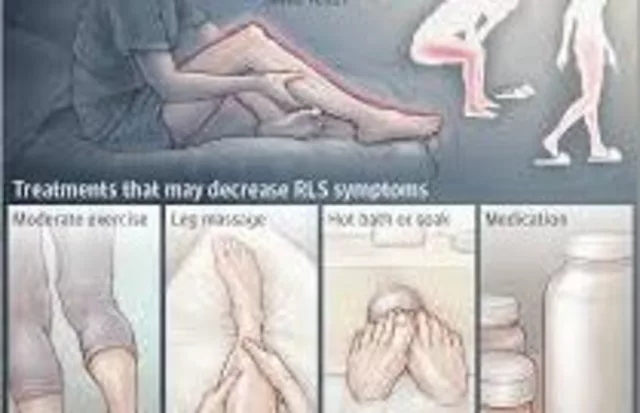Tolvaptan Comparison
When working with Tolvaptan, a vasopressin V2‑receptor antagonist that slows cyst growth in the kidneys. Also known as Jynarque, it targets the hormonal pathway that fuels fluid accumulation in polycystic kidneys. Tolvaptan comparison often starts with the vasopressin antagonist, a drug class that blocks the same receptor to reduce water reabsorption. Another key player is autosomal dominant polycystic kidney disease (ADPKD), the condition Tolvaptan was designed for. Understanding how Tolvaptan fits into the broader drug comparison landscape helps patients and clinicians weigh benefits, side‑effects, and costs before committing to a therapy.
How Tolvaptan Stacks Up on Efficacy and Safety
Clinical trials, such as the TEMPO 3:4 study, showed Tolvaptan can cut the rate of total kidney volume increase by roughly 49 % and delay the decline in kidney function by about three years. Those numbers matter because faster cyst growth directly translates to earlier dialysis or transplant. When you compare that to other approaches—like somatostatin analogs (e.g., octreotide) that target growth‑factor pathways, or newer SGLT2 inhibitors that protect kidney function by lowering glomerular pressure—you see a clear trade‑off. Tolvaptan’s strength lies in directly addressing the disease‑driving hormone, but it brings a unique safety profile: frequent liver‑function monitoring, risk of aquaresis‑related dehydration, and a higher price tag. By contrast, ACE‑inhibitors and angiotensin‑II blockers are cheaper and easier on the liver but don’t intervene in cyst formation. The decision matrix therefore hinges on patient age, baseline kidney function, and willingness to undergo regular blood tests.
Practical considerations often seal the deal. Tolvaptan requires twice‑daily dosing with meals, strict fluid‑intake limits, and a liver‑enzyme baseline before initiation. If you’re already on a diuretic or have a history of hepatitis, you may need an alternative. Cost‑effectiveness analyses suggest the drug becomes worthwhile when eGFR is above 30 mL/min/1.73 m² and the patient is under 45 years old—those are the groups that reap the longest delay before kidney failure. Meanwhile, newer therapies under investigation (e.g., bardoxolone or vasopressin‑V1A blockers) promise similar kidney‑preserving effects with fewer hepatic concerns, but they’re still in trial phases. By mapping these variables—efficacy, safety, patient profile, and price—you can create a personalized comparison chart that guides shared decision‑making. Below you’ll find a curated collection of articles that break down each competitor, explore side‑effects in depth, and offer step‑by‑step guidance on choosing the right regimen for your situation.

Samsca (Tolvaptan) vs Alternatives: Which ADPKD Drug Wins?
A detailed side‑by‑side look at Samsca (Tolvaptan) and its main alternatives, covering mechanisms, approvals, safety and best use cases for ADPKD patients.
View More




